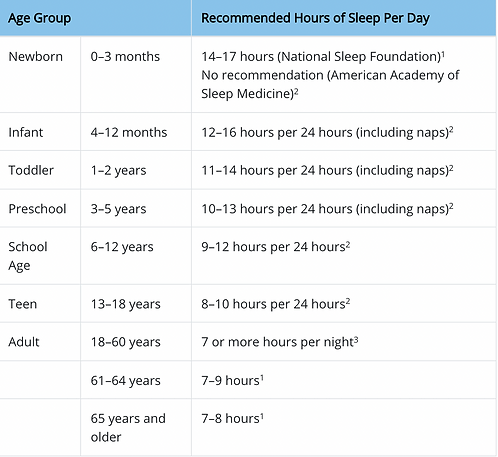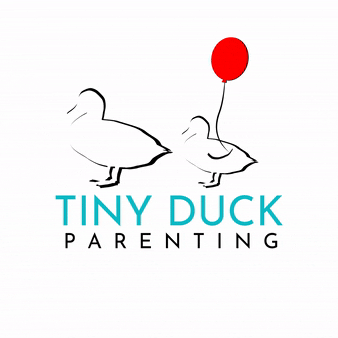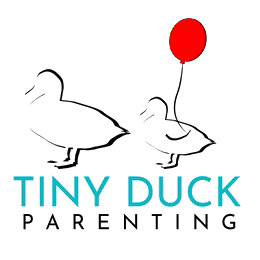Is your toddler or child struggling with nightmares? You feel helpless and unable to provide comfort as they work through their intense feelings? Here are some things that will help.
Your toddler is just beginning to learn the difference between dreams vs. reality. So any nightmare or dream can be quite disorienting as they don’t yet understand something not being real. As we comfort them after waking from a bad dream, we often utter “It wasn’t real. Don’t worry.” Instead of using those words, replace “real” with “pretend” as that word is probably more familiar to them.
Look at their room conditions. Often parents make changes in the room after the child falls asleep, such as dimming the lights, turning off a night light or closing the door. Don’t make any changes once your child falls asleep, anything different or out of place to your child can feel like a monster. A dark room with a sound machine is best. Try to keep everything put away, as they can fixate on a shirt on the top of a chair because it looks different and is scary to them.
Come up with ways to scare away a bad dream, monsters or whatever your child is feeling scared about. I love a spray bottle with some glitter and lavender essential oil you can spray around the room for “sweet dreams” or a silly dance to scare away the monsters you can do before bath time.
Talk through the nightmare with your child and let them discuss what they saw and why it was scary. Mirror them by repeating what they say to acknowledge their feelings. For example, “Wow, you saw a big green scary monster and he was hiding under your bed? That must have felt very scary. It was only pretend. But we can spray some sweet dream spray to make sure he doesn’t come back. You are safe and we are always here to protect you.” Then place your hand firmly on their back and sit with your child for a few minutes so they feel secure.
Lastly, ensure your child is getting enough sleep for their age group. An overtired child often has more nightmares and difficulty falling asleep and will wake multiple times through the night. Below is a chart for the recommended amount of sleep for age group from the CDC. If you still are struggling, reach out to your pediatrician or a sleep consultant for more help.






